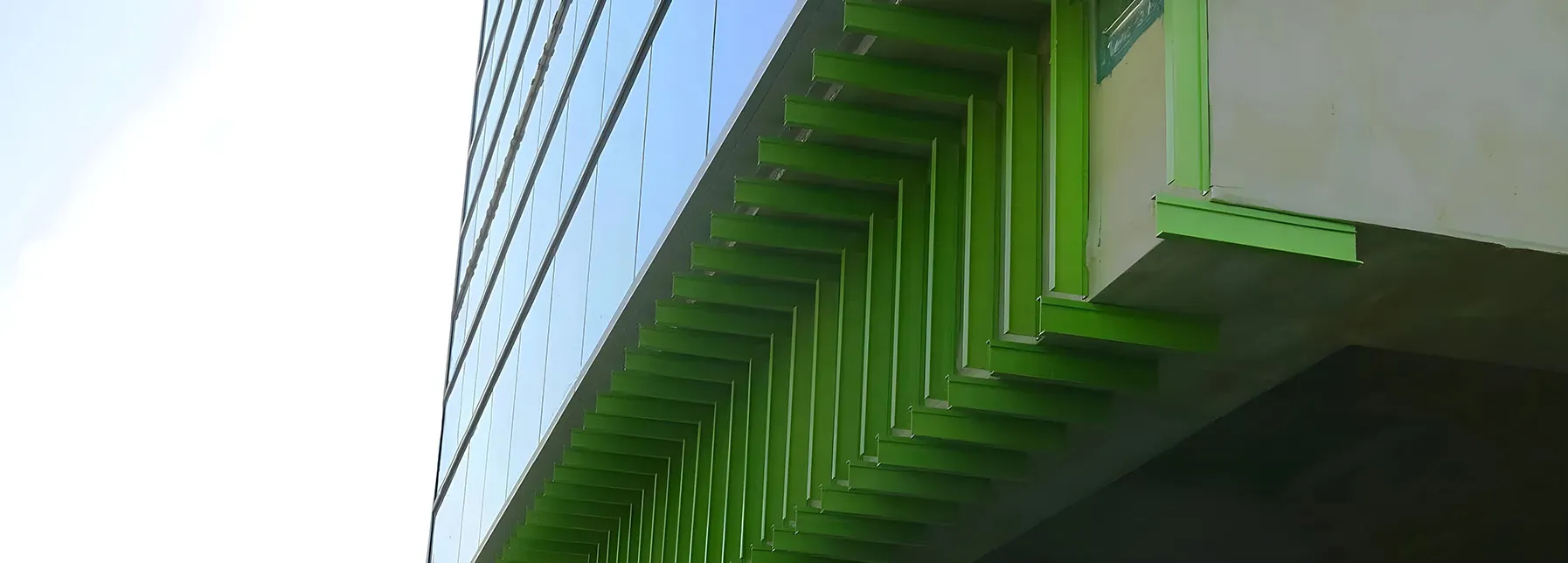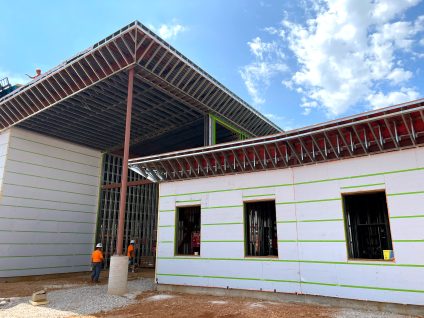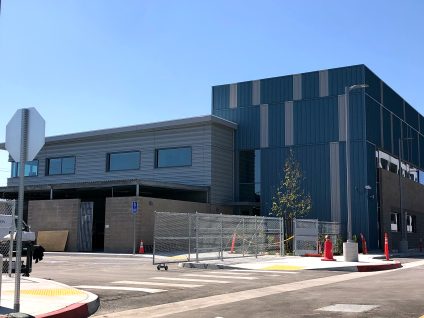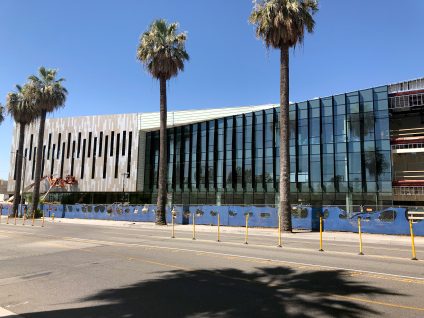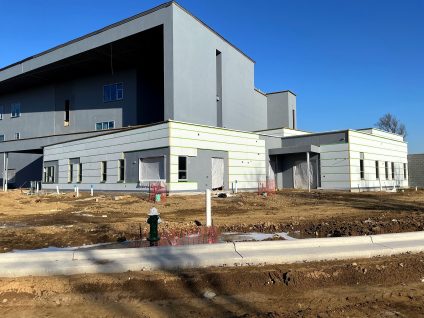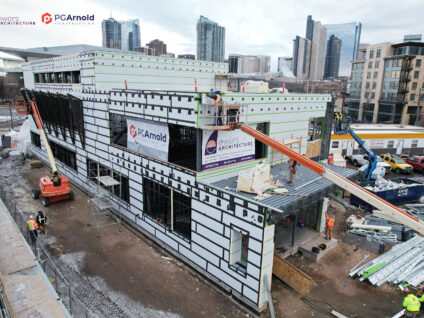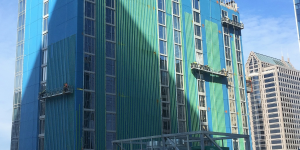Introduction
Advanced Architectural Products (A2P), creators of GreenGirt CMH continuous insulation and SMARTci building enclosure systems, has long established the standard for quality in the construction industry. Our commitment to excellence is evident through the rigorous testing procedures and the strict adherence to a wide range of industry requirements and regulations we consistently employ. A comprehensive technical report is made readily available, showcasing the meticulous attention to detail we dedicate to ensuring our products meet and exceed the expectations set forth by no fewer than 13 ASTM standards.
These globally recognized standards, which the American Society has set for Testing and Materials (ASTM), define the broad range of stringent criteria and practices necessary to achieve industry excellence. Through our unwavering compliance with these standards, we are able to provide a robust validation of the exceptional quality and unparalleled versatility that our products offer the world. This article will delve into three of the 13 technical standards used as part of our esteemed physical testing program. We invite you to join us as we explore the intricate testing practices involved in evaluating building envelope air leakage, assessing structural performance, and determining water penetration capabilities.
ASTM E-283: Ensuring Air-Tight Excellence
In the pursuit of energy efficiency standards compliance and optimal comfort, the rate of air leakage through exterior windows, curtain walls, and doors is a critical factor that must be meticulously evaluated. This is precisely the goal of ASTM E-283, a comprehensive standard that sets out to become standard practice to determine the air leakage rate of these components. By adhering to this standard, our company ensures that our products meet the stringent requirements necessary for sustainability and quality construction.
The test methods employed under the ASTM standard E-283 involve sealing the specimen in a chamber and subjecting it to a specified pressure difference. Through these testing methods, precise calibration, and meticulous measurement at various pressure levels, we are able to quantitatively determine the rate of air leakage, typically measured in cubic feet per minute per square foot (cfm/ft²).
The results obtained from this rigorous testing process go beyond more numerical values. They serve as a testament to the material’s ability to resist air infiltration, a process which has a direct impact on insulation and energy efficiency systems. A lower leakage rate signifies superior performance, resulting in long-term savings and significant environmental benefits. In essence, ASTM E-283 standards as a beacon of safety and quality assurance, guiding the construction industry towards a future where buildings are not only robust but also responsible and resource-efficient.
ASTM E-330: Fortifying Structural Integrity
Purpose of ASTM E-330
The objective of ASTM E-330 is to evaluate the structural performance of exterior windows, doors, skylights, and curtain walls. This evaluation is done under uniform static air pressure differences. This is an essential facet in assessing a building’s ability to withstand wind loads. The aim is to establish technical standards that guarantee these components meet mandatory performance criteria for structural stability. This contributes to the safety and resilience of the construction.
Testing Methods and Processes
The testing methods involve sealing the specimen in a chamber. A uniform static air pressure difference is then applied to simulate wind forces. The pressure is augmented gradually, and the deflection and permanent deformation of the specimen are meticulously measured and documented.
Interpreting Test Results
Results obtained from this test extend beyond mere measurements. They serve as a reflection of the structural integrity of the tested materials and components. Successful outcomes from the test indicate that the materials can endure specified wind loads without excessive deflection or permanent deformation. This ensures a building’s strength against natural forces. In essence, ASTM E-330 stands as a pillar of quality assurance. It leads the construction industry toward a future where buildings are both aesthetically appealing and structurally sound and enduring.
Execution of the ASTM E-330 Test
During the execution of ASTM E-330, technicians seal the test specimen into or against one face of a test chamber. They supply or exhaust air from the chamber according to a specific test method and pressure loading program. This maintains the test pressure difference across the specimen at the required rate. They observe, measure, and record deflection, deformations, and any signs of distress or failure in the specimen. For AAMA/ASTM requirements, the loads and test method remain constant for 10 seconds before releasing the pressure.
In conclusion, applying and complying with ASTM standard E-330 enhances structural integrity. It also strengthens protection against natural forces and bolsters resilience in construction. With these aspects firmly established, we can now focus on another crucial standard: ASTM standard E-331. This standard focuses on the determination of water penetration capabilities, offering another layer of quality assurance in the construction industry.
ASTM E-331: Shielding Against Water Penetration
The objective of ASTM E-331 is the meticulous assessment of water penetration resistance. It evaluates exterior windows, skylights, doors, and curtain walls under uniform static air pressure differences. This is an essential factor in preserving the integrity, comfort, safety and longevity of a structure. The purpose of this standard extends beyond mere testing of physical properties; it guarantees that these fundamental components are capable of effectively preventing water ingress, thereby contributing to the overall durability, functionality, and safety of the building.
The methods of testing are precise and carefully developed. The test encloses the specimen material within a chamber and applies a uniform static air pressure difference to simulate the impacts of wind-driven rain. Water projects onto the exterior surface at a controlled rate, while inspectors meticulously scrutinize the interior for any signs of water penetration, including droplets, dampness, or flow patterns.
The outcomes of this test extend beyond simple observations; they symbolize the water tightness of the tested materials, systems, and components. We document measurements and observations, and a successful test shows that the testing materials can withstand the specified water exposure without leakage. This success is not merely a technical achievement; it is a promise of quality, offering assurance of a dry, secure, and well-protected interior environment.
It is important to note that this standard forms a vital part of the comprehensive suite of regulations within the ASTM standards. These tests are undertaken to guarantee the performance and durability of construction materials.
Conclusion
A2P’s dedication to this level of quality assurance has earned us the trust of architects, engineers, and builders worldwide. We adhere to globally recognized ASTM standards for quality and safety. This ensures that GreenGirt CMH and SMARTci systems can withstand harsh climates without compromising structural integrity. Our systems are reliable, durable, and contribute to building efficiency and sustainability. This makes us a key part of many successful construction projects.
Yet this status as an industry-leading building materials and systems manufacturer does not make us complacent. A2P’s standing as a trusted partner in the construction industry reflects our unwavering commitment to excellence. Our proven technical expertise and focus on customer satisfaction further strengthen this reputation. As we look to the future, we remain dedicated to pushing the boundaries of building material science. We will continue to innovate, one material and solution at a time.
Give us a call at (269) 355-1818 to learn more about our physical testing, or be sure to visit our website!
© 2023 Advanced Architectural Products

